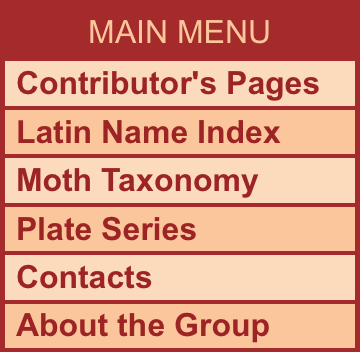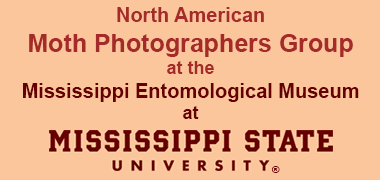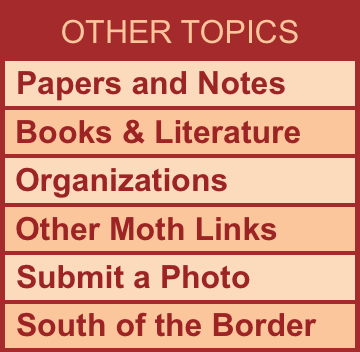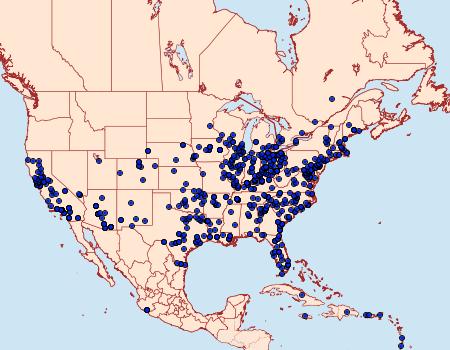Sphingidae
890090 –
7775 Manduca sexta
(Linnaeus, 1763)
|
|
|
| Photographs are the copyrighted property of each photographer listed. Contact individual photographers for permission to use for any purpose. |
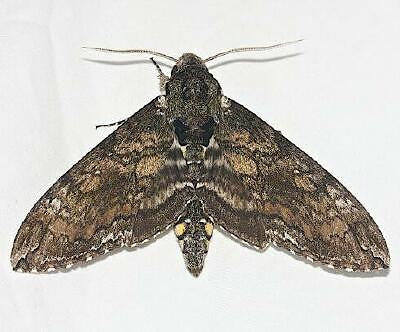
© Carol Wolf
|
| Distribution: |
From Massachusetts, New York and so. Ontario west to Minnesota and Colorado, to the southern borders of the U.S., including southern California. |
Seasonality
and Size: |
Adults may be found throughout the year in Florida, and from May to October to northward. Glaser records the species in Maryland from May 24 to September 17. Wingspan 105 - 120 mm. |
Larva and
Host Plants: |
The larva, known as the tobacco hornworm, is green or brown. It has seven diagonal white lines on each side, and a red "horn" at the end of the abdomen. It feeds on plants in the nightshade family, and may be a pest on tomato and tobacco. Adults may nectar at flowers such as moonflower, morning glory, honeysuckle and petunia. (see references) -- Host familiy: Cannaceae Asteraceae Brassicaceae Geraniaceae Martyniaceae Myrtaceae Pedaliaceae Solanaceae. Host genera: Atropa Brassica Canna Capsicum Datura Eucalyptus Hyoscyamus Lactuca Lycium Martynia Nicandra Nicotiana Pelargonium Petunia Physalis Proboscidea Solanum[=Lycopersicon]. Notes: variety of Solanaceae (Powell & Opler 2009); specialist on various members of the Solanaceae (Crabo et al 2014); leaves (Kingsley 1998); only on families Martyniaceae Solanaceae (Tuttle 2007). (Shropshire & Douglas 2025)
|
Description/
Field Marks: |
usually six pairs of yellow spots on the abdomen. irregular wavy subterminal line on the forewing. narrow white marks on the forewing and hindwing fringes. hindwing with two zigzag black median lines that are fused together with very little white between them. |
| Similar Species: |
- 890091 Manduca quinquemaculatus: may be distinguished by the following Characters: usually five pairs of yellow abdominal spots; lower half of subterminal line nearly straight; forewing and hindwing fringes grey; zigzag median lines on hindwing sharper and separated by more white.
- 890097 Manduca occulta: is found in So. Arizona and rarely in So. Florida. In this moth, the light areas in the fringe of the forewing are grey rather than white and about as broad as the dark areas.
- Pinned specimens of related species. (Hint: select View by Region on the related species page.)
|
| Synonymy: |
sexta (Linnaeus, 1763) (Sphinx) - MONA 1983: 7775sexta (Linnaeus, 1763) (Sphinx) carolina (Linnaeus, 1764) (Sphinx) lycopersici (Boisduval, [1875]) (Sphinx) |
|
| References (Caution: DNA barcoding at BOLD provides evidence of relatedness, not proof of identification; some BOLD specimens shown may not be sequenced.) |
- Barcode of Life (BOLD) - Caution: Identifications often erroneous; DNA barcode provides evidence of relatedness, not proof of identification; many specimens not sequenced.
- Covell Field Guide p.32; Pl. 3(7).
- Factsheet at Florida Featured Creatures.
- Hall et al., 2021. The Moths of North Carolina - website (identification, habitats and life history)
- Hodges, R. W., 1971. Moths of America North of Mexico, Fascicle 21:p. 29; pl. 1.7. order or free PDF
- Powell, J. A. & P. A. Opler, 2009. Moths of Western North America, Pl. 40.5m; p. 244. Book Review and ordering
- Shropshire, K.J. & D.W. Tallamy, 2025. Lepidoptera of North America, north of Mexico: an annotated list containing geographic ranges and host-plant records. ZooKeys, 1261: 101-113; Suppl. 1. (PDF or read online)
- Species Page at Bill Oehlke's moth website - Manduca sexta
- Species Page at Block Island Moths
- Species Page at BugGuide.Net
- Species Page at Mass Moths
- Species Page at Pacific Northwest Moths
- Species Page at iNaturalist
- Species page at Moths of North Dakota.
- Tuttle, J. P., 2007. Hawk Moths of North America: p. 48; pl. 8.4.
- Wagner, D. L., (2005). Caterpillars of Eastern North America, p. 248.
|
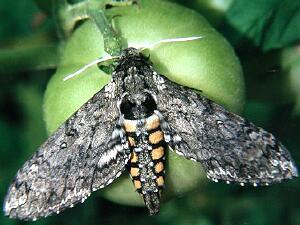
© John Himmelman
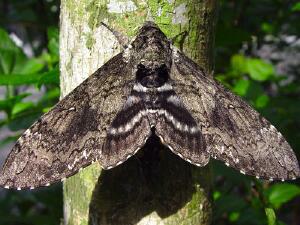
© Alan Chin-Lee
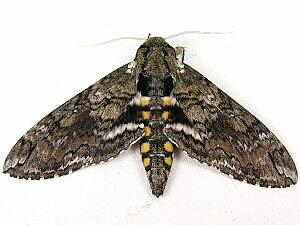
© Bob Patterson
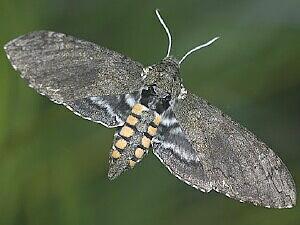
© Alan Chin-Lee
|
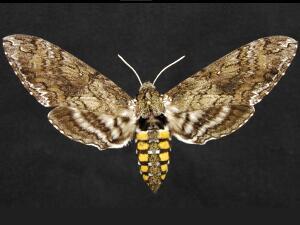
105mm – © Jim Vargo
|
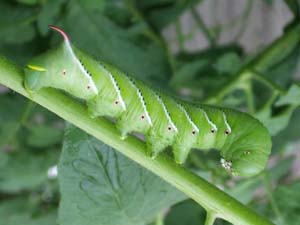
© L. Wayne Thompson LG
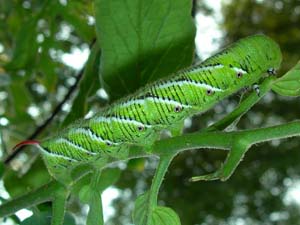
© L. Wayne Thompson LG
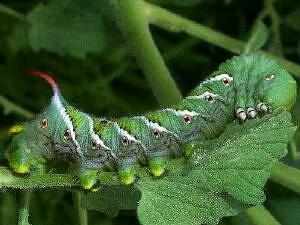
© Troy Mullens [T] LG
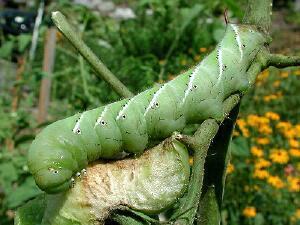
© John Himmelman
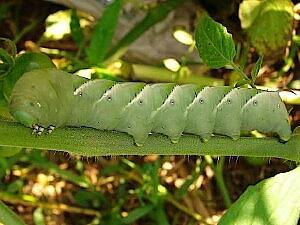
© Martha Reinhardt
originally
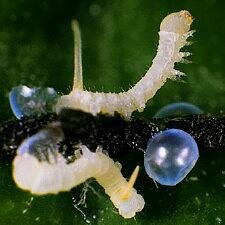
© Peter J. Bryant
hatchling
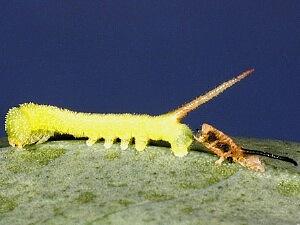
© Peter J. Bryant
early instar
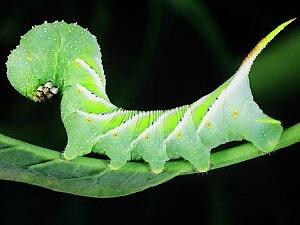
© Peter J. Bryant
middle instar
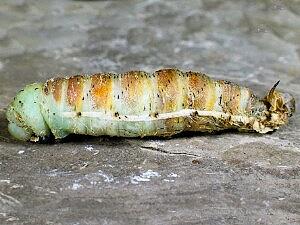
© Peter J. Bryant
pre pupa
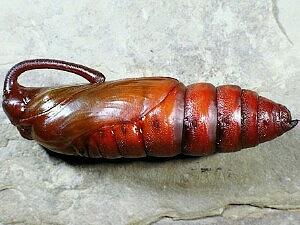
© Peter J. Bryant
pupa
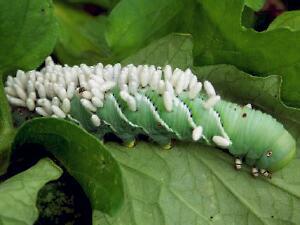
© Hannah Nendick-Mason
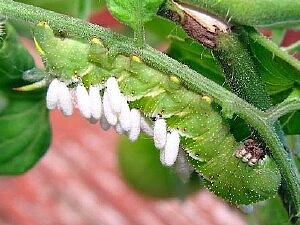
© Martha Reinhardt
|
